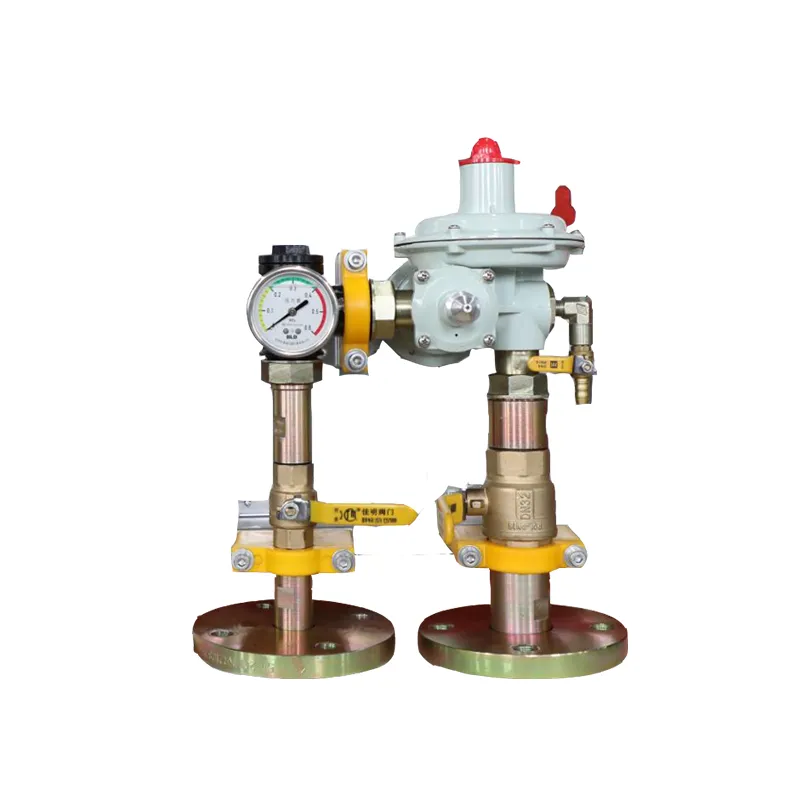
Dec . 11, 2024 10:34
Back to list
Gas Purification System for Enhanced Air Quality and Environmental Safety
The Importance of Gas Purification Systems
In today's rapidly industrializing world, the quest for clean air has become crucial not just for environmental sustainability but also for human health. Gas purification systems play a pivotal role in this regard. These innovative technologies are designed to remove impurities from gas streams before they are released into the atmosphere or utilized in various industrial processes. This article explores the significance of gas purification systems, their working principles, types, and the benefits they offer.
Understanding Gas Purification
Gas purification refers to the processes involved in removing contaminants from gaseous emissions. These impurities can include particulate matter, volatile organic compounds (VOCs), carbon monoxide, sulfur dioxide, nitrogen oxides, and even heavy metals. The purification process ensures that the gases released into the environment meet regulatory standards and do not pose a risk to public health or the ecosystem.
How Gas Purification Systems Work
Gas purification systems utilize a variety of methods to achieve clean gas output. The most common techniques include
1. Filtration This mechanical method involves the use of filters that trap particulates and larger contaminants. Filters can vary based on the size of the particles they are designed to capture.
2. Absorption In absorption, the contaminated gas is passed through a liquid that captures specific pollutants. This method is particularly effective for gases such as sulfur dioxide or ammonia, which dissolve in the absorbent solution.
3. Adsorption Unlike absorption, adsorption involves the adherence of impurities onto the surface of solid materials, known as adsorbents. Activated carbon and zeolites are commonly used to trap various pollutants on their surfaces.
4. Chemical Reaction Some gas purification systems utilize chemical reactions to convert harmful gases into less harmful substances. For example, catalytic converters in automobiles facilitate reactions that convert carbon monoxide into carbon dioxide.
5. Membrane Separation This method uses membranes to selectively separate components of a gas mixture based on their sizes or chemical properties, which helps in removing unwanted gases.
.
Gas purification systems can be classified into several categories based on their application and technology
جهاز تنقية الغاز

- Industrial Gas Purification Systems These are employed in factories and industrial plants to clean exhaust gases before they are emitted into the atmosphere.
- Air Pollution Control Equipment This category includes scrubbers and electrostatic precipitators designed specifically for capturing pollutants from industrial emissions.
- Natural Gas Purification Systems Used during gas processing, these systems remove impurities before natural gas is distributed for domestic or commercial use.
- Medical and Laboratory Gas Purification In medical facilities, gas purification systems ensure that gases used in surgeries or laboratory settings are free from contaminants that could pose risks to patients and results.
Benefits of Gas Purification Systems
Investing in gas purification technology offers numerous advantages
- Health Protection By reducing harmful gas emissions, these systems play a crucial role in improving air quality and protecting public health. This is particularly important in urban areas where smog and chemical pollutants are a persistent issue.
- Environmental Conservation Effective gas purification helps minimize the ecological impact of industrial activities, contributing to the preservation of biodiversity and natural ecosystems.
- Regulatory Compliance Many countries impose stringent regulations on air quality. Gas purification systems can aid industries in meeting these legal standards, avoiding costly fines and enhancing their public image.
- Operational Efficiency Clean gases can improve the efficiency of combustion processes, resulting in better fuel utilization and reduced operating costs for industries.
Conclusion
Gas purification systems are essential in our ongoing battle against air pollution and the adverse effects it brings. As industries evolve and environmental regulations tighten, the importance of adopting advanced gas purification technologies will only grow. By ensuring cleaner emissions, these systems not only protect human health but also contribute significantly to environmental sustainability, paving the way for a healthier planet for future generations. Moving forward, investment in research and development in this field will be critical to enhance the efficiency and effectiveness of gas purification methods, ensuring a cleaner and greener earth.
Latest news
-
Safety Valve Spring-Loaded Design Overpressure ProtectionNewsJul.25,2025
-
Precision Voltage Regulator AC5 Accuracy Grade PerformanceNewsJul.25,2025
-
Natural Gas Pressure Regulating Skid Industrial Pipeline ApplicationsNewsJul.25,2025
-
Natural Gas Filter Stainless Steel Mesh Element DesignNewsJul.25,2025
-
Gas Pressure Regulator Valve Direct-Acting Spring-Loaded DesignNewsJul.25,2025
-
Decompression Equipment Multi-Stage Heat Exchange System DesignNewsJul.25,2025

